Reservoir-Sourced Water Cools Rock Drills.
To ensure the efficient operation of rock drills, cooling water is a necessity. Often used in the mining and construction industries, percussion drills are necessary for penetrating tough rocks. The intense drilling process causes immense heat to be produced, which subsequently leads to the degradation and possible destruction of the drill bit unless action is taken. So, to counteract this, cooling water is drawn from a reservoir and pumped via the drill bit and shank, preserving them via a decrease in temperature. This piece will cover how cooling water is transported between the reservoir and rock drills as well as its monumental influence on drilling ceremonies.
To maintain the optimal temperature and performance of a rock drill, a closed-loop cooling system is widely utilized. In this system, water is extracted from a reservoir, usually a large tank, and directed to the drill bit and shank. As the water flows past the bit, it absorbs heat, which is then channeled back to the reservoir for subsequent cooling before being recycled to the drill. In this way, the drill bit and shank’s temperature is kept at a steady optimum so as not to risk any unnecessary damage.
To promote the smooth operation of the drilling procedure, it is critical to employ water of superior quality. This is especially true when dealing with subsurface water sources. It is important that the H2O is not imbued with particles, minerals, or other pollutants which could impede the drill bit and impair the act of drilling. Additionally, the fluid should be clear of any organic substances such as algae, to reduce the possibilities of corrosion and obstructed pathways.
In order to effectively operate the drill bit and shank, the reservoir must be of an appropriate size depending on what type of drill is in use. It must likewise be robust enough to handle water pressure and any unexpected variations in level due to loss of water through evaporation or other causes.
The pump essential for circulating the water needs to have the capability to handle the immense force of the water being directed to the drill bit and shank. Additionally, it must be strong enough to confidently provide an unceasing supply of water that keeps the drill bit and shank at an optimal cool temperature.
Suitable temperatures must be maintained to safeguard the integrity of the drill bit and shank. Too much heat or cold has the potential to impair the quality of the drill bit or be disruptive during the drilling process. Thus, it is important to maintain a consistent temperature range at all times in order to protect the drill bit and shank from any heat-related damage.
The purpose of cooling water in rock drills is imperative, ensuring that the drill bit and shank avoid overheating and remain protected. Water from a reservoir is circulated through the drill bit and shank, so high-quality water needs to be used and the pressure maintained from the pump. Temperature must also remain consistent to avoid damaging the drill bit and shank while in use. Paradoxically, cooling water is a fundamental requirement for safe and productive operation of rock drills.
The key to operating rock drills at an optimal capacity and forestalling deterioration is a continuous stream of coolant. To ensure this is secure, it is essential to comprehend the compression of cooling liquid from a container to the drills. In fact, cooling water plays a paramount role in countless industrial applications.
A reservoir, located at the drill site, holds the cooling water which is then dispersed to each of the drilling sites through a Cooling Water Distribution System (CWDS). The pipes of this system are carefully arranged to make sure that each drill head receives an even and adequate amount of water, creating an even cooling temperature across all the heads.
The CWDS is renowned for its steadfastness, thanks to the metal pipes such as steel and copper that make it unassailable to corrosion and deterioration. Maintaining their strength and quality is of utmost importance, so regular inspections are a must. Furthermore, insulation properties must be executed to minimize heat loss and guarantee precise temperatures are delivered to the drill heads.
In order to maintain the optimal temperature, the cooling water is pumped through a system of pipes and vessels that are designed to uniformly disperse it across the drill head. This cooling system ensures an even distribution of liquid, with the pumps managing the flow to keep all aspects of the head readily cooled. It is a crucial process for safeguarding the longevity and performance of the drill head.
After cooling the drill head, the water is piped back to the reservoir. The passage system commonly consists of metals such as copper or steel and must be closely examined and looked after over time to guarantee its structural integrity.
An uninterrupted supply of cooling water is essential in order to maintain rock drill efficiency, thus avoiding the likelihood of early deterioration. Consequently, any potential disruption of the Cooling Water Delivery System (CWDS) should be vigilantly checked and maintained with regular inspections. Similarly, the pipes in both cooling and return systems require careful observance to ensure successful water delivery to the drill heads in the ideal temperature. This will ultimately ensure dependable and effective cooling.
Related Product
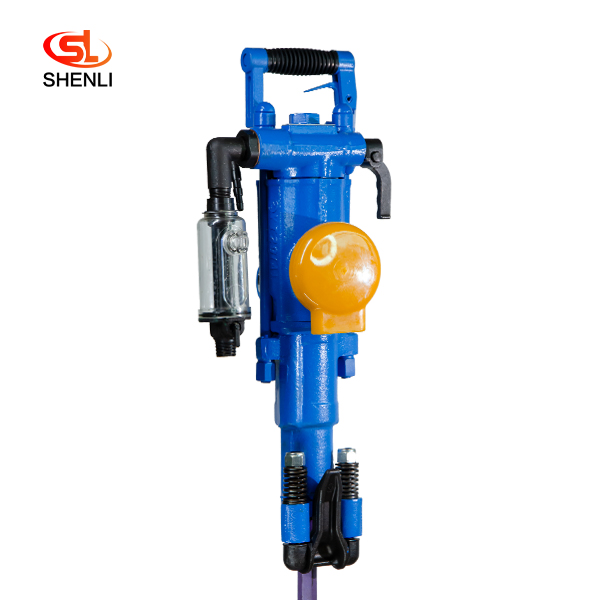
YT29A Air Leg Pneumatic Rock Drill Pusher Leg Rock Drill
YT29A air-legged rock drills are heavy-duty push-leg (air-legged) rock drills with low energy consumption, which are more suitable for drilling horizontal or inclined holes in medi […]
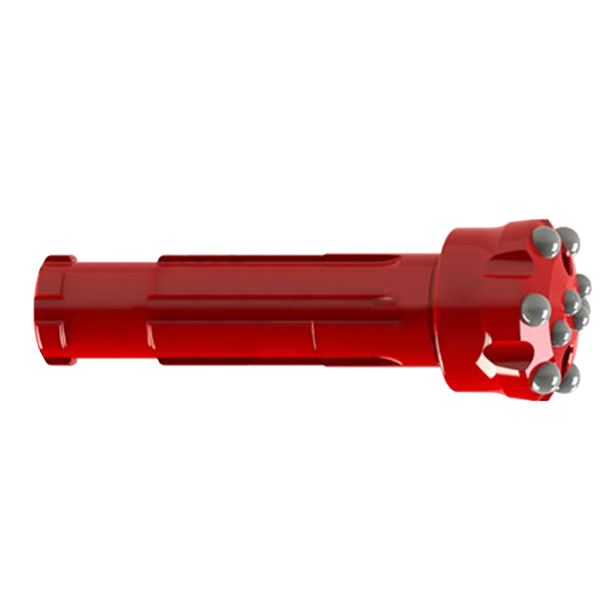
DHD Series DTH Bits(High Pressure) DHD
high pressure drill bit is mainly used in geological exploration, coal mine, water conservancy and hydropower, highway, railway, bridge, construction and construction, etc. Advanta […]
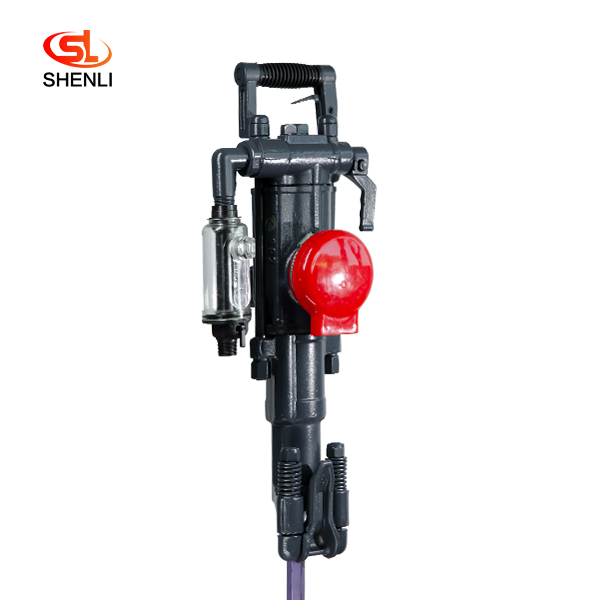
S82 Air Leg Pneumatic Rock Drill Pusher Leg Rock Dril
Model S82 air-legged rock drills are heavy-duty air-legged rock drills with high efficiency and low consumption, which are especially suitable for use in the construction of railro […]

Taper Bits
Taper bits, especially Tapered button bits are the most popular tapered drill bits with a wide selection of head diameters from 26mm to 48mm. With carbide buttons cold pressed on t […]
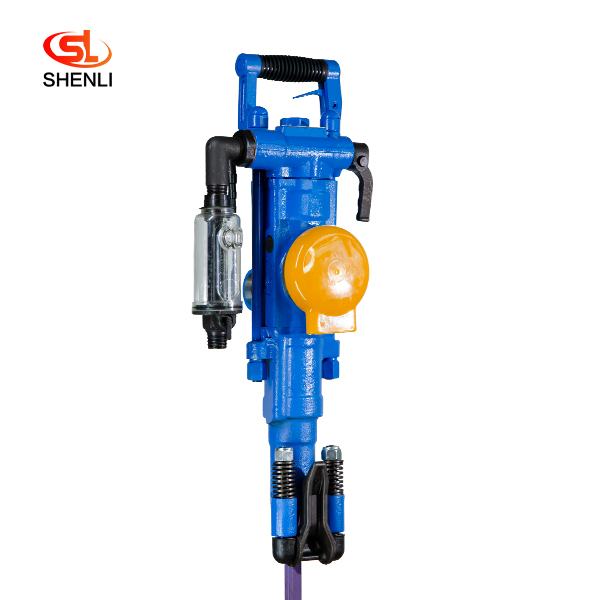
YT27 Air Leg Pneumatic Rock Drill Pusher Leg Rock Drill
The YT27 air-legged rock drill is a highly efficient lightweight rock drill suitable for downward or inclined drilling in medium-hard or hard (f=8 – 18) rock with a diameter […]
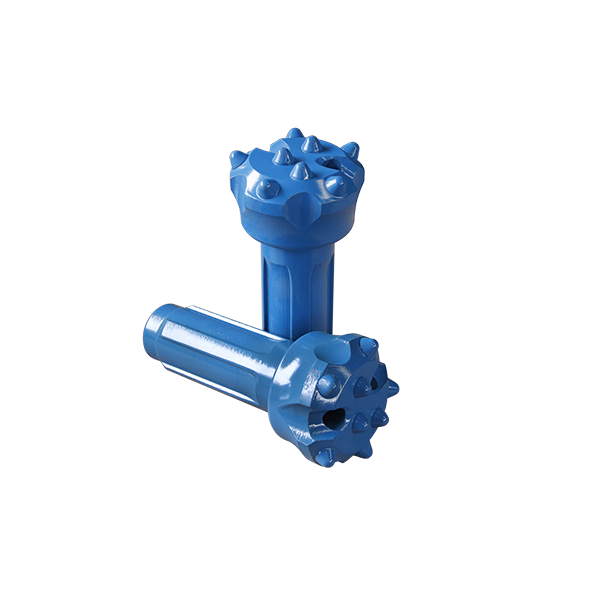
CIR Series DTH Bits(Low Pressure) CIR76-76
Down-the-hole (DTH) hammer bits are used with Down-the-hole hammers for drilling holes through a wide range of rock types. In conjunction with DTH hammers, drill hammer bits are de […]

Cir Series Dth Bits(Low Pressure) Cir90-90
Down-the-hole (DTH) hammer bits are used with Down-the-hole hammers for drilling holes through a wide range of rock types. In conjunction with DTH hammers, drill hammer bits are de […]
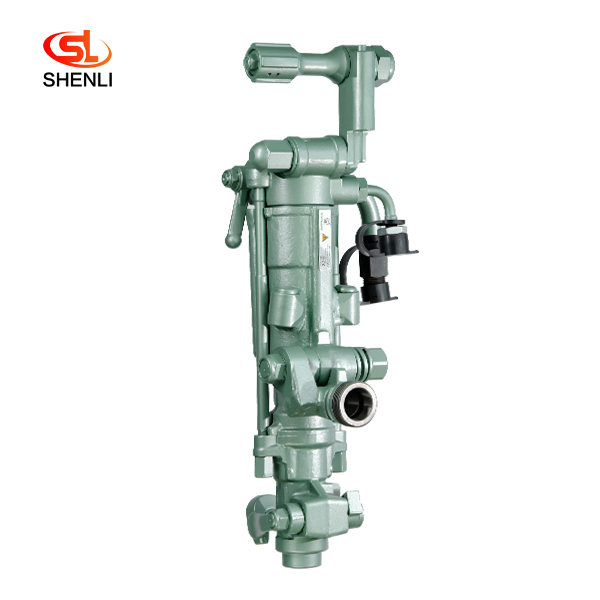
S250 Air Leg Pneumatic Rock Drill Pusher Leg Rock Drill
(S250 jackleg Drill) has been the preferred choice of miners who demand high performance, superior control and lasting reliability. the S250 jackleg allows operators to drill in co […]
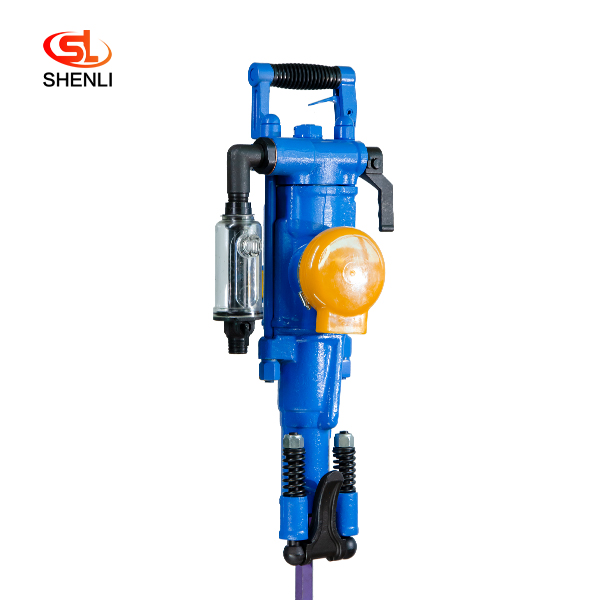
YT28 Air Leg Pneumatic Rock Drill Pusher Leg Rock Drill
The YT28 air-leg rock drill is a kind of high-efficiency, energy-saving and environmentally friendly rock drilling equipment. Compared with similar pneumatic products, the YT28 air […]
Post time: 2023-07-08

